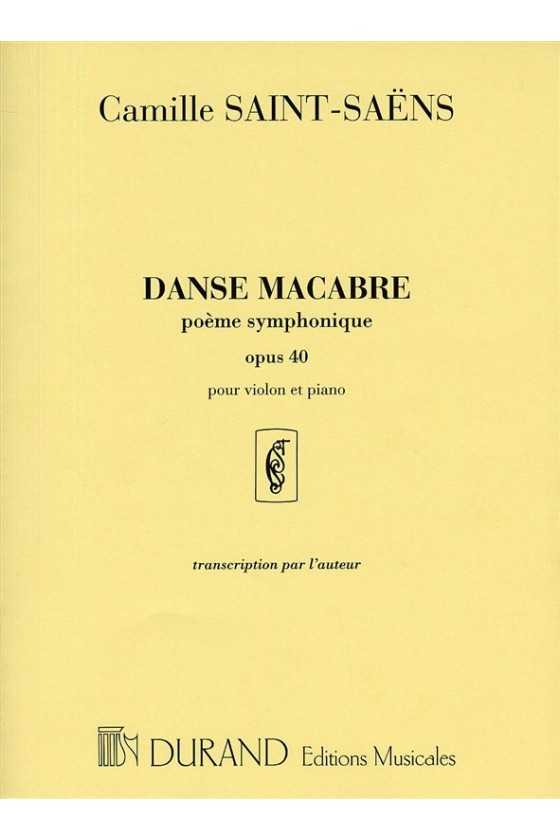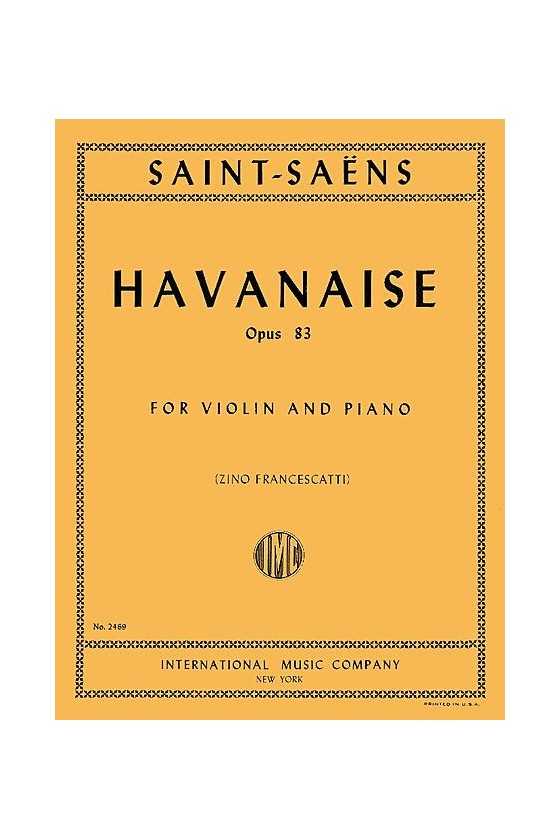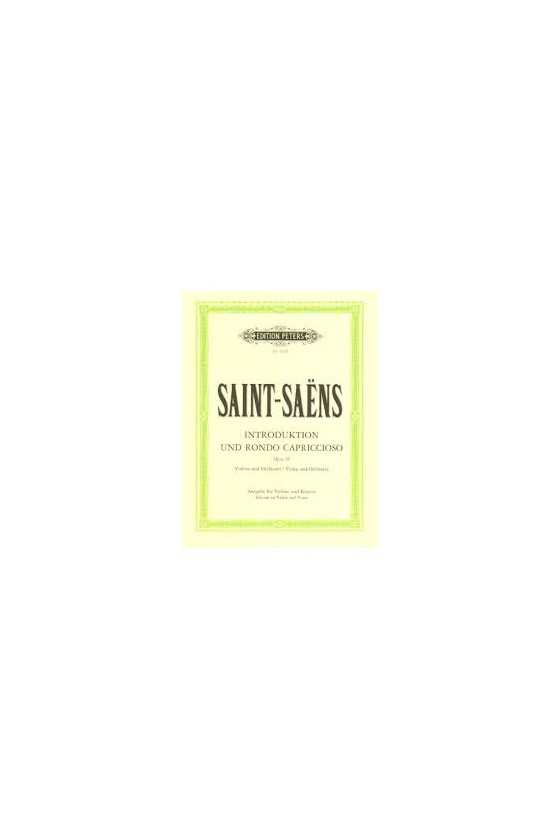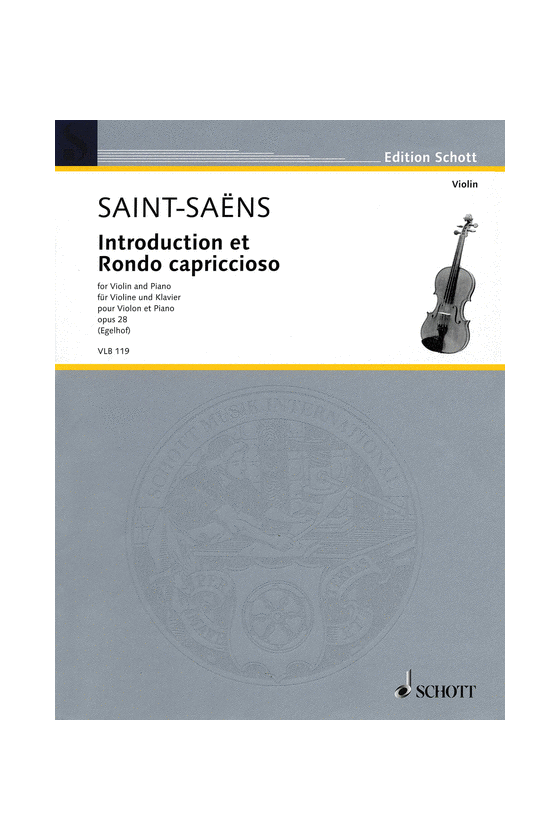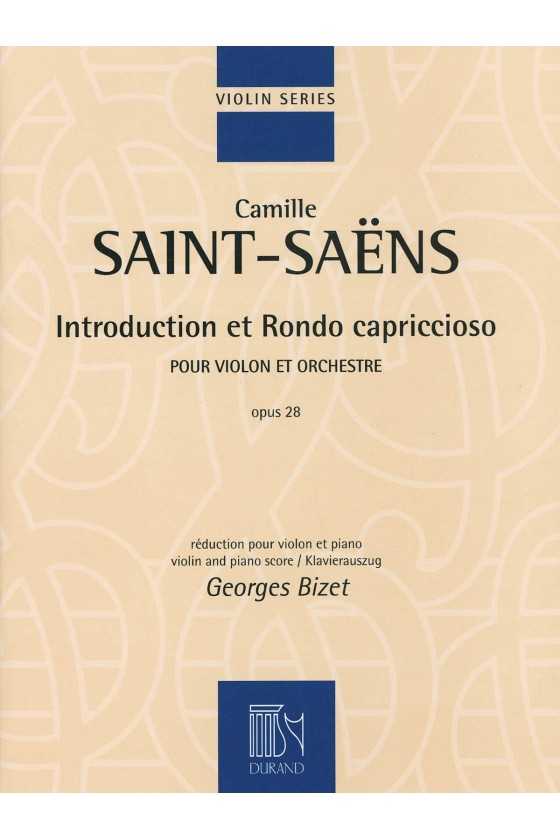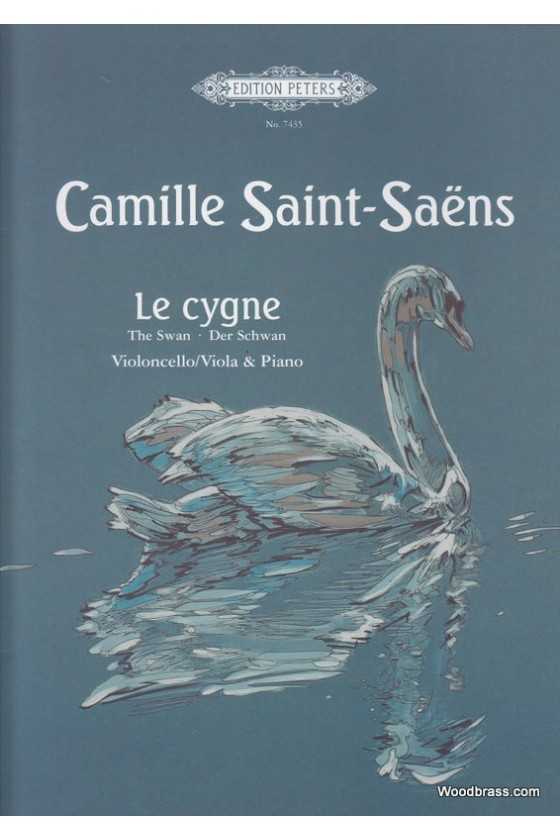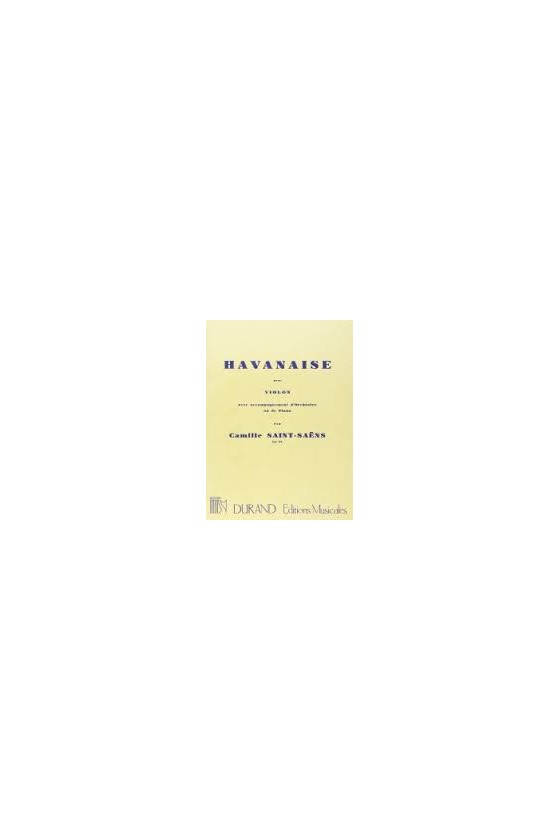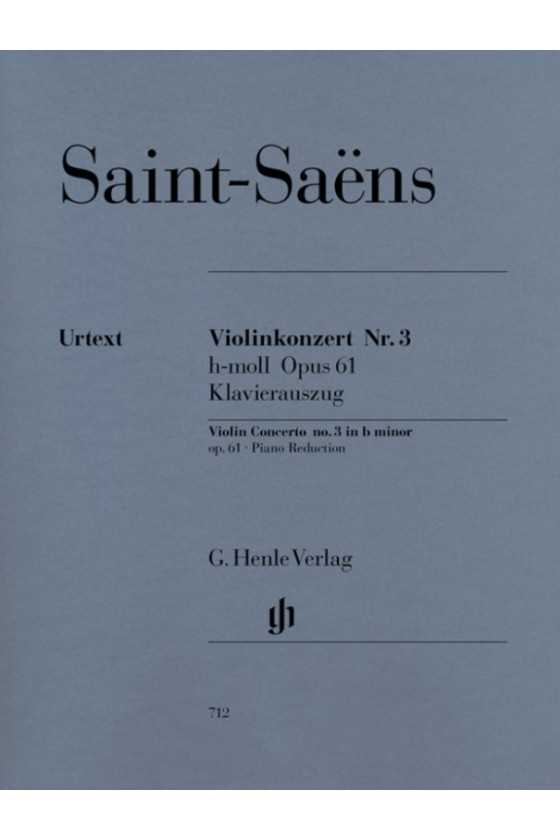Saint Saens Danse Macabre for Violin (Durand)
Saint Saens, Danse Macabre for Violin (Durand)...
Charles-Camille Saint-Saens, a renowned composer, organist, conductor, and pianist, was born on October 9, 1835, and left an indelible mark on the Romantic era of music. Throughout his career, he created numerous compositions, including the famous Introduction and Rondo Capriccioso, Second Piano Concerto, First Cello Concerto, Danse macabre, Samson and Delilah, Third Violin Concerto, Third Symphony (also known as the "Organ" Symphony), and The Carnival of the Animals.
Early Years and Musical Prodigy
At the tender age of ten, Charles-Camille Saint-Saens displayed his remarkable musical talent by performing for the first time. Recognizing his potential, he embarked on a journey of musical education and enrolled at the Paris Conservatoire, where he honed his skills and embraced the classical tradition. While Saint-Saens was influenced by the contemporary music of renowned composers such as Schumann, Liszt, and Wagner, he remained committed to the frameworks established by older French composers, which set him apart from the impressionist and dodecaphonic schools of music that emerged later in his career.
Church Organist and Freelance Pianist
Following his studies at the Paris Conservatoire, Saint-Saens pursued a traditional career path as a church organist. He first served at Saint-Merri in Paris and later became the organist at La Madeleine, the principal church of the French Empire, starting in 1858. After two decades in this role, he transitioned into a successful freelance pianist and composer, embarking on concert tours across Europe and the Americas. This shift in his career allowed him to share his talent with diverse audiences and further establish his reputation as a prominent figure in the classical music world.
Teaching and Influence
While Charles-Camille Saint-Saens held only one teaching position, his impact on French music was substantial. He taught at the École de Musique Classique et Religieuse in Paris for a brief period of fewer than five years. Among his students was Gabriel Fauré, who went on to become a renowned composer and educator himself, teaching notable figures like Maurice Ravel. Saint-Saens, regarded as a musical genius by his students, played a pivotal role in shaping the next generation of composers and leaving a lasting impact on the evolution of French music.
Major Compositions
Throughout his prolific career, Charles-Camille Saint-Saens composed a wide range of pieces that showcased his exceptional musicality and creativity. Some of his most notable compositions include:
Introduction and Rondo Capriccioso (1863)
"Introduction and Rondo Capriccioso" is a captivating violin showpiece that exemplifies Saint-Saens' ability to blend technical brilliance with expressive melodies. The composition features virtuosic passages interspersed with lyrical themes, captivating listeners with its lively and spirited nature.
Second Piano Concerto (1868)
Saint-Saens' Second Piano Concerto is an exquisite work that highlights his mastery of the piano and his ability to create rich and textured compositions. This concerto showcases his innovative approach to orchestration and his knack for crafting memorable melodies.
First Cello Concerto (1872)
The First Cello Concerto by Saint-Saens is a beloved piece that demonstrates his deep understanding of the cello and its expressive capabilities. With its lyrical melodies and technical challenges, this concerto has become a staple in the cello repertoire.
Danse macabre (1874)
"Danse macabre" is a captivating orchestral tone poem that depicts the eerie dance of skeletons at midnight. This composition showcases Saint-Saens' ability to create evocative and atmospheric music, capturing the imagination of listeners with its haunting melodies and vivid orchestration.
Samson and Delilah (1877)
"Samson and Delilah" is an opera that remains one of Saint-Saens' most famous works. This grand opera tells the biblical tale of Samson and his ill-fated love for Delilah. With its lush melodies and dramatic storytelling, the opera has secured its place as a beloved masterpiece.
Third Violin Concerto (1880)
The Third Violin Concerto by Saint-Saens is a virtuosic showcase for the violin, highlighting the instrument's technical capabilities and expressive range. This concerto is characterized by its lyrical melodies, intricate passages, and brilliant orchestration.
Third Symphony (1886)
Also known as the "Organ" Symphony, the Third Symphony is one of Saint-Saens' most celebrated compositions. This symphony combines the power of the organ with the richness of the orchestra, creating a majestic and awe-inspiring musical experience.
The Carnival of the Animals (1887)
"The Carnival of the Animals" is a whimsical and charming suite that showcases Saint-Saens' playful side. This composition features musical depictions of various animals, each accompanied by its own distinctive melody and character. It is a beloved piece that appeals to audiences of all ages.
Legacy and Musical Style
Charles-Camille Saint-Saens' music often incorporated neoclassical elements, foreshadowing the works of composers like Stravinsky and Les Six. Despite these progressive elements, he was sometimes regarded as a reactionary due to his adherence to the classical tradition. Saint-Saens' ability to blend technical brilliance, expressive melodies, and innovative orchestration ensured that his music remained timeless and influential. His contributions to French music and his impact on future generations of composers solidify his legacy as one of the greats of the Romantic era.
Conclusion
Charles-Camille Saint-Saens, the prodigious French composer, organist, conductor, and pianist, left an indelible mark on the world of classical music. His remarkable talent, showcased in compositions such as the Introduction and Rondo Capriccioso, Second Piano Concerto, First Cello Concerto, Danse macabre, Samson and Delilah, Third Violin Concerto, Third Symphony, and The Carnival of the Animals, cemented his place in music history. Despite his adherence to classical traditions, Saint-Saens incorporated innovative elements into his works, influencing future composers and leaving a lasting legacy. His contributions continue to captivate audiences and inspire musicians worldwide.
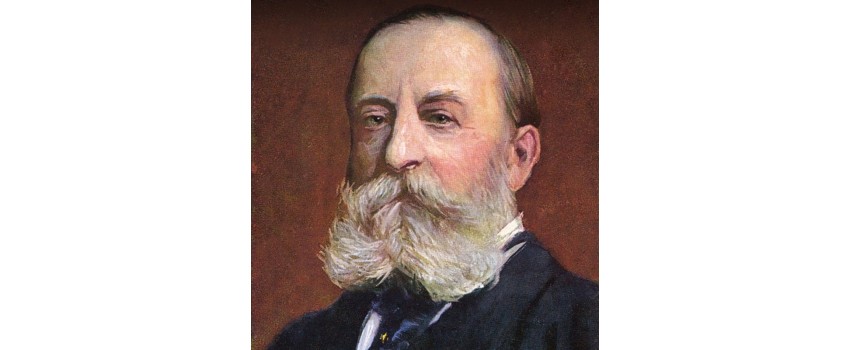
Saint Saens, Danse Macabre for Violin (Durand)...
Saint Saens, Introduction and Rondo Capriccioso for Violin (Edition Peters)
Saint Saens, Introduction et Rondo Capriccioso for Violin (Duran)...
Boxed:
Sticky Header:
Sticky Add To Cart
Sticky Footer:
Font:

